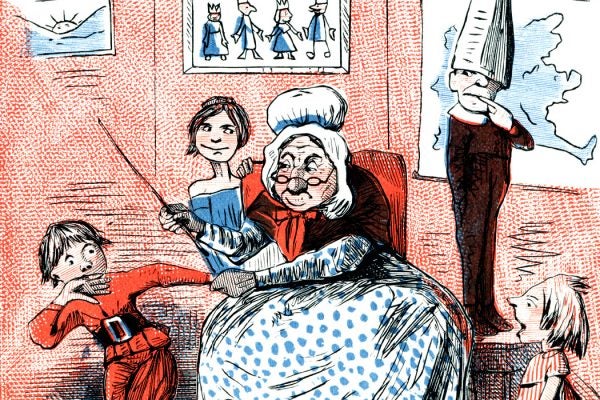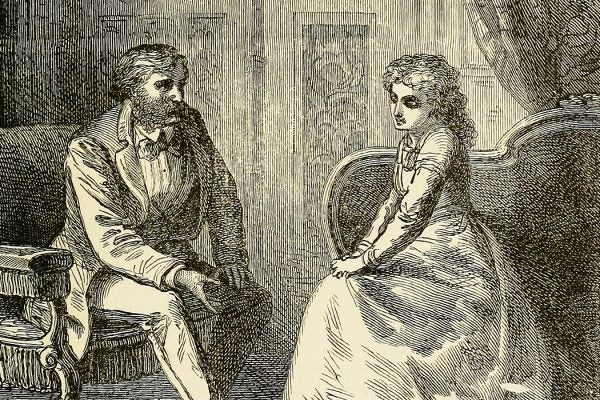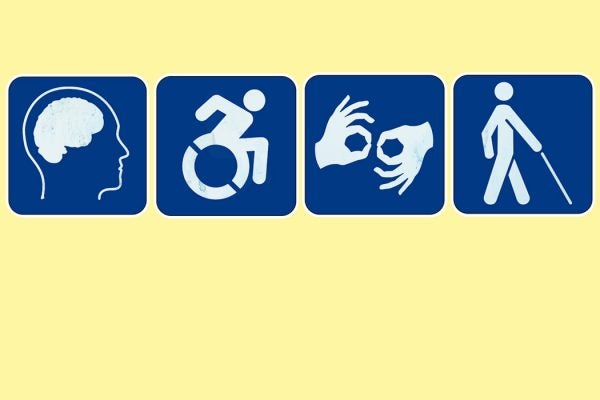How to Cure Groupthink
"Groupthink" describes the systematic errors groups can make when facing important collective decisions. How can it be avoided?
When Teachers Stopped Beating Kids
Corporal punishment of students largely fell out of favor in the early 19th century. The preferred new system used prizes to encourage good behavior.
Women Clergy and the Stained-Glass Ceiling
Christian and Jewish women leaders transformed the U.S. religious landscape during the 1970s, but subtle discrimination has limited their opportunities.
An Unhealthy Obsession with Avoiding Sin
In the early 20th century, "scruples" meant a neurotic fixation on sin. It seemed to mostly affect Roman Catholics.
When Adventists and Mormons Turned Sex-Positive
How the once sex-averse Church of Jesus Christ of Latter-day Saints and Seventh Day Adventism embraced (married, monogamous) sex as a positive ideal.
Are Students Just Telling Us What We Want to Hear?
Students tend to fill out end-of-year evaluations so as to describe a “narrative of progress.” For teachers, this is fast food of the mind.
The 1910 Report That Disadvantaged Minority Doctors
A century ago, the Flexner Report led to the closure of 75% of U.S. medical schools. It still explains a lot about today’s unequal access to healthcare.
How Columbine Brought Religion into Public Life
In the aftermath of 1999's Columbine massacre, American media and politicians focused on the secret world of delinquent youth and how they might be saved.
Disability Studies: Foundations & Key Concepts
This non-exhaustive reading list highlights some of the key debates and conceptual shifts in disability studies.
When Passover Meant Raisin Wine
Why did American Jews have non-alcoholic raisin "wine" with their Passover seders in the early 19th century?









